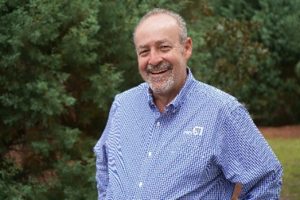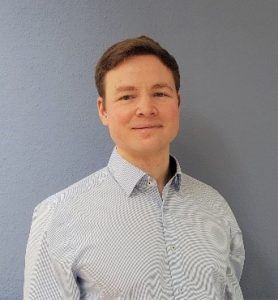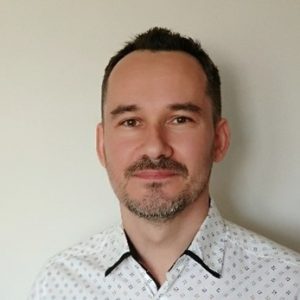
What do you hope attendees will gain at your webinar?
After the webinar, we hope attendees will walk away with a better understanding of how mining operations can navigate the challenges that can impact production as it relates to slurry transport applications. We will address those challenges by providing best practices, solutions for longer wear life of your pump and cost-saving, and examine the payback.
What discussions do you look forward to having with the attendees?
I look forward to discussions around how to apply the best practices shared to situations that the attendees may be facing. I’m also looking forward to dialogue around the real-world application case study of the GIW® RAMSL (Remotely Adjustable Mechanical Suction Liner) technology.
What do you enjoy most about your role?
I enjoy interacting with our extensive customer base. When I meet with customers, I am able to learn what their application is and help them to find a solution. I find it extremely satisfying when we are able to solve a customer’s problem.
After spending most of my career traveling globally, I am now really enjoying seeing different areas of the USA and Canada.
How did you get into the industry?
I began my work in the industry in the early 1980s as an internal sales representative for a company also in the Pump industry. Getting the opportunity to visit mine sites and seeing liquid exiting long pipelines was very satisfying. It also confirmed that my pump selection was accurate which proved to be a win for myself but more importantly, for the customer.
The more involved the calculation and complex the situation, the better the feeling is when the solution works in practice. For example, a valve not having its gland packed properly could cause air entry into the suction system when operating under a negative suction head. This would cause extensive headaches for the user. Finding and solving problems such as this is what keeps me coming back for more.
Where is your favorite place in the world and why?
I do not have a favorite country to visit. I would say that I have had wonderful experiences in India and Australia, both of which I’ve travelled extensively. India is a very unique country. The people are extremely friendly and welcoming and of course, Cricket is a religion in India. Australians are very competitive. Growing up in South Africa which is also competitive, especially in Rugby and Cricket, I’ve always had a good time with my Australian colleagues.
Click here to register for KSB’s webinar on Thursday 28th April 2022, 3PM BST.









